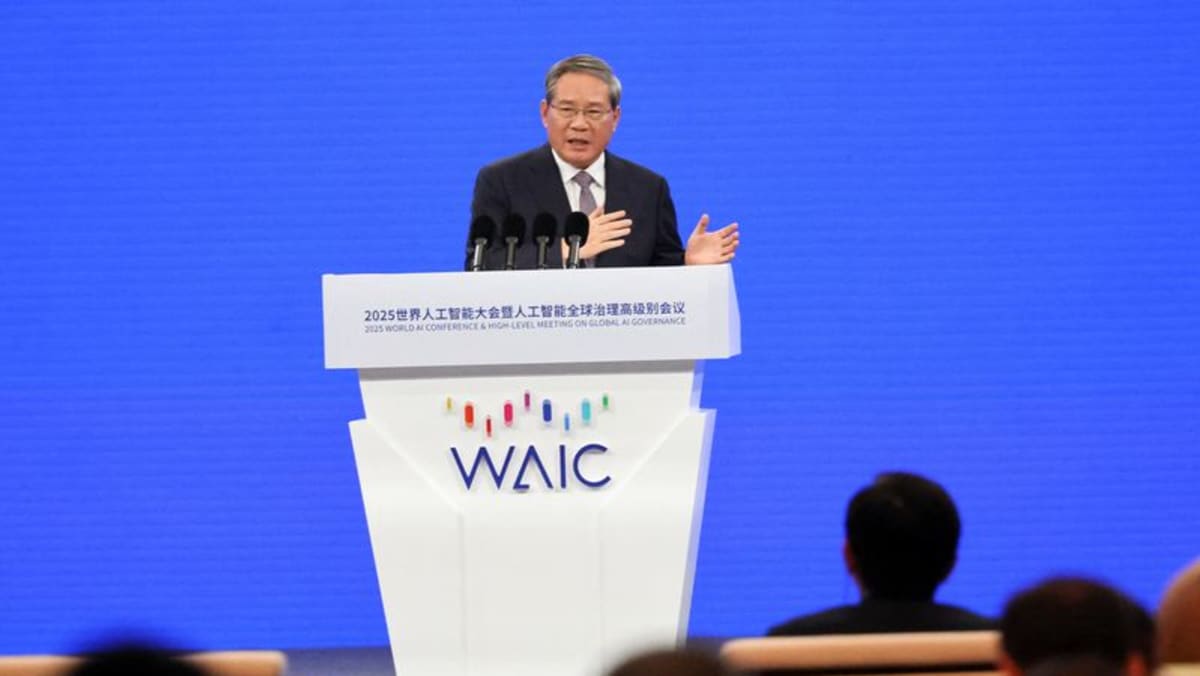Beijing has revealed its largest stimulus package since the pandemic in a bid to shake the world’s second-largest economy out of its current malaise.
The measures, announced Tuesday by the People’s Bank of China (PBOC), include lowering the reserve requirement ratio (RRR)—the amount of cash the country’s banks must hold in reserve — effectively making more funds available for lending to consumers and businesses.
PBOC governor Pan Gongsheng said this would free up approximately 1 trillion yuan (about $142 billion) in long-term liquidity for the financial market.
Additionally, the central bank cut the interest rate on its Medium-Term Lending Facility (MLF), reducing the rate for one-year loans to financial institutions from 2.3 percent to 2.0 percent, marking the first such reduction since July 2023.
Jade Gao/AFP via Getty Images
The stimulus package also addresses the struggling real estate market, which in August saw prices fall at their fastest rate in over nine years. As part of the measures, Pan pledged to cut interest rates on existing mortgage loans, providing 150 million Chinese homeowners with more disposable income.
Around 70 percent of household wealth in China is tied to property, including unfinished apartments that many buyers have been waiting on for years.
International financial service firms have lowered their growth expectations for China. Goldman Sachs and Citigroup now project 4.7 percent growth, down from previous estimates by 0.2 percent and 0.1 percent, respectively.
China posted 5.3 percent year-on-year growth in the first quarter of this year, and for the second consecutive year, it has set a target of around 5 percent overall growth.
The accuracy of Beijing’s official GDP figures has been called into doubt by many with knowledge of the Chinese economy, including former Premier Li Keqiang.
“So, when you have strong exports but a weak property market, combined with softening consumption, that’s driven our view that growth will fall short of the 5 percent target. We’re expecting 4.7 percent growth this year,” Goldman Sachs analysts stated in their report last week.
China has moderated its growth targets in recent years, a slowdown hastened by the property sector collapse, COVID-19, and rolling lockdowns. The Chinese economy has struggled to recover fully since the end of pandemic-era restrictions in late 2022, with low consumer confidence and high youth unemployment continuing to weigh on the recovery.
Chinese President Xi Jinping has emphasized a shift toward “high-quality growth,” prioritizing state-directed development of strategic industries like green energy, rather than pursuing rapid growth at all costs.
Many economists argue that more stimulus is needed to revive the economy.
“This is the most significant PBOC stimulus package since the early days of the pandemic,” Capital Economics analyst Julian Evans-Pritchard told Reuters. “But on its own, it may not be enough.”
He added that additional fiscal stimulus might be necessary if China hopes to meet its official growth target of around 5 percent.
The Chinese embassy in the U.S. did not immediately respond to a written request for comment.


